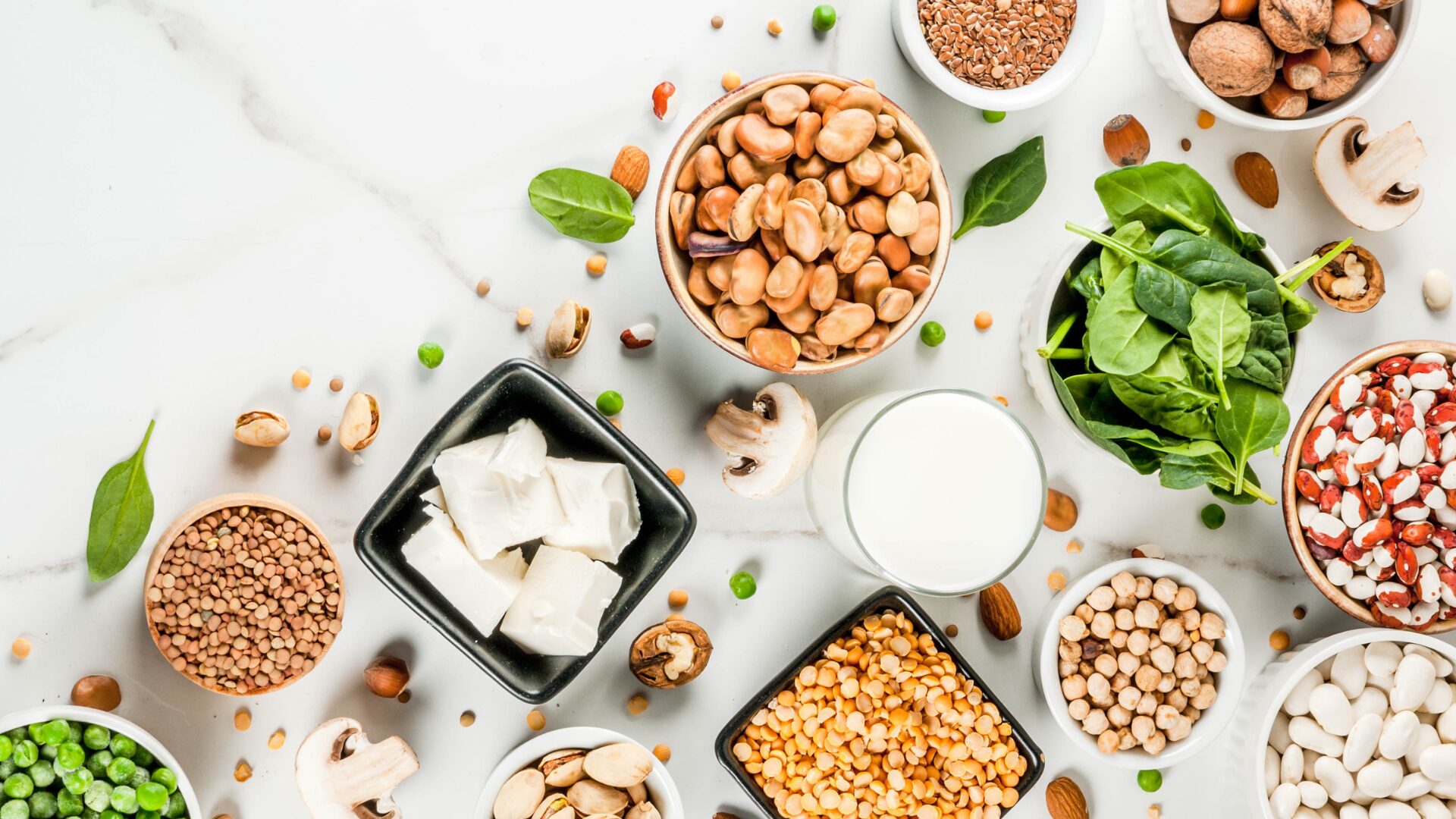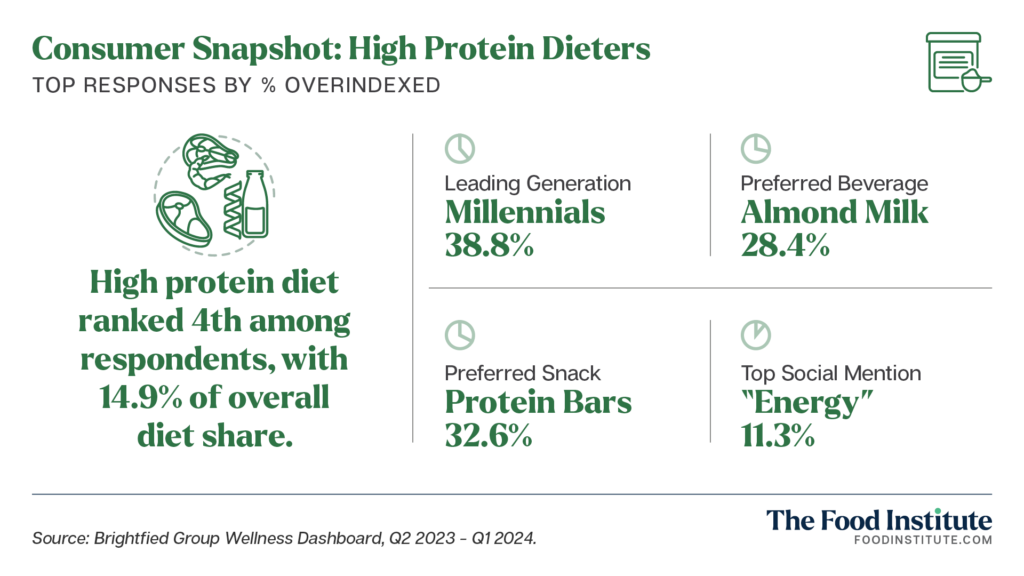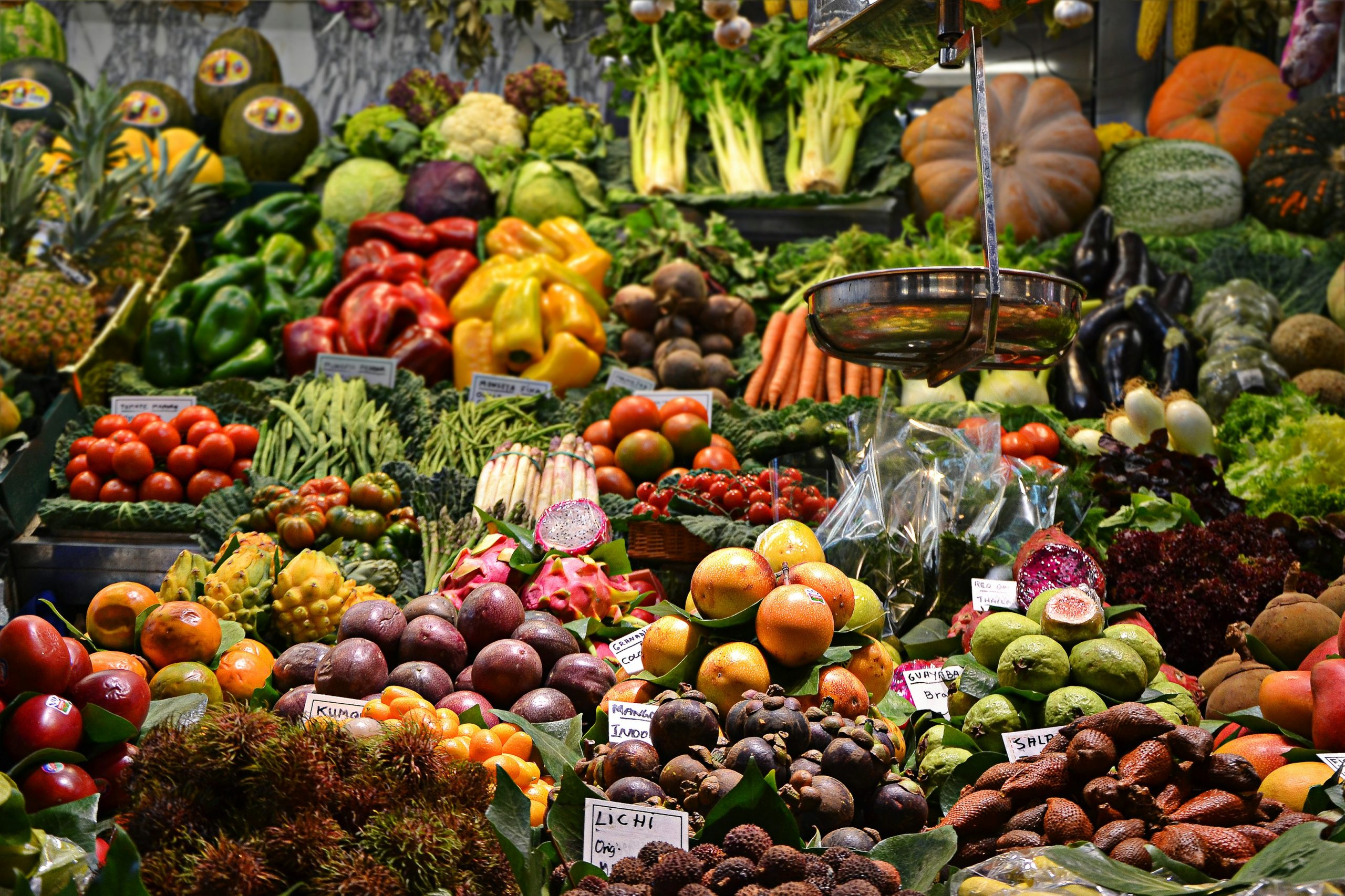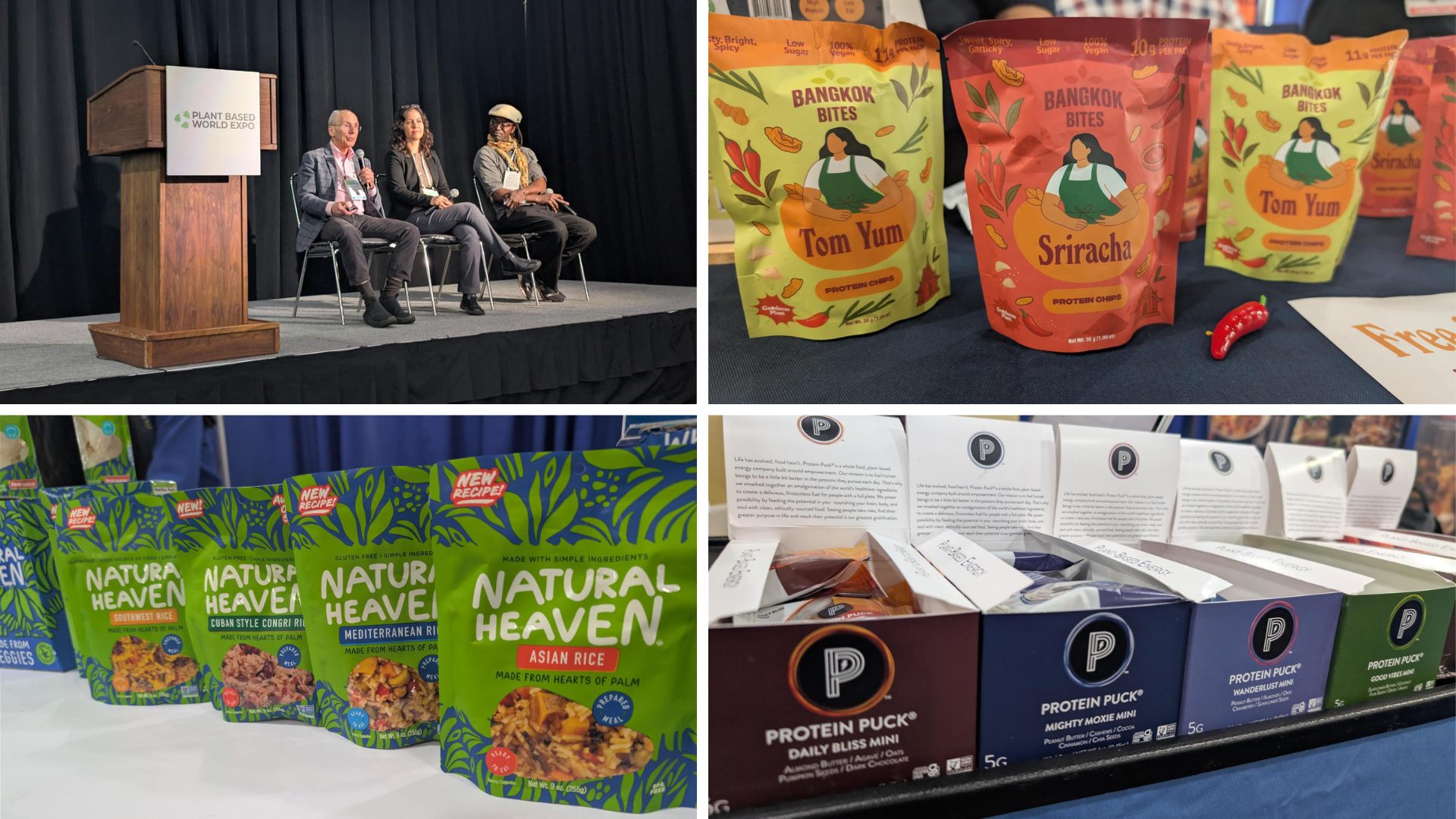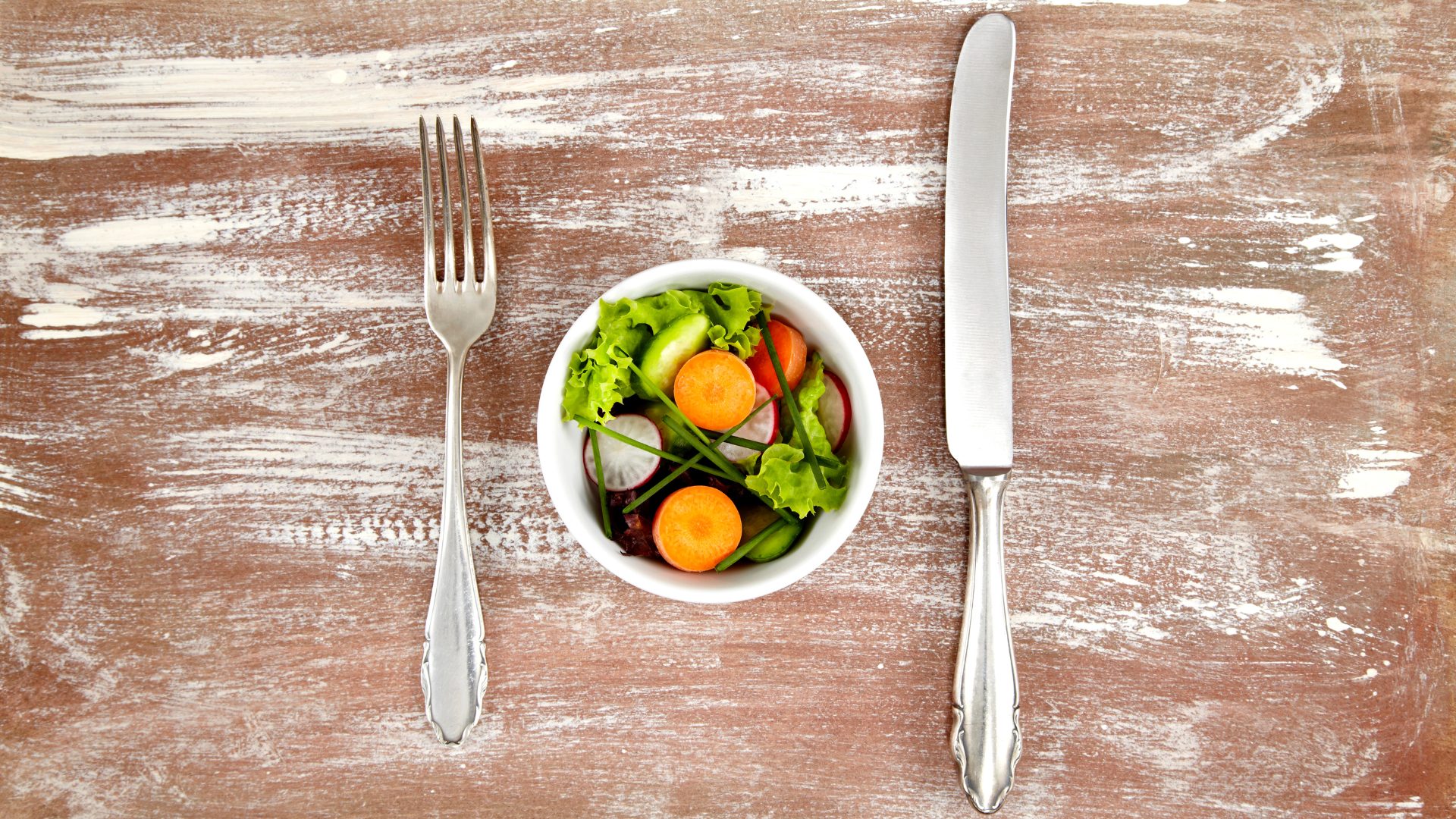Olympic cyclist Dotsie Bausch wants to set the record straight: Building strength with plant-based protein is a very accessible goal.
The vegan athlete spent the first 35 years of her life consuming animal products before switching to a whole food vegan diet. Two and a half years later, she took home a silver medal from the 2012 Olympic Games.
The idea that that we “need meat to thrive, to survive, and to grow and maintain muscle … has been in our consciousness for generations,” said Bausch. “So thinking in a new and different way can be challenging for people.”
According to a March 2024 meta-analysis published in the journal Nature, people can get enough protein and leucine to max out on strength simply by eating decently large portions of regular plant-based meals.
Consuming plenty of vegetables, legumes, nuts, seeds, and grains is sufficient, says Bausch. The key is eating enough to fuel the body, because plant-based food is generally less caloric than animal-based.
Ideal Plant-Powered Protein Sources
When shopping, Bausch mostly sticks to the store perimeter to stock up on fresh whole proteins, but there are also shelf-stable options. Here are five of her favorites:
- Smoked tempeh: “Fermented soy which is amazing for your gut microbiome.”
- Nutritional yeast: “Wonderfully cheesy, easy goodness to put on top of things. [It’s] really high in B vitamins, it happens to be super high in protein, and you can work it into tons of different recipes.”
- Soy milk: “Like all day long, just glasses of soy milk. You’re going have all the wonderful macro and micronutrients without the trans-fat, without the saturated fat, and without the plethora of strong pregnant mother hormones in your milk.”
- Red lentils: “My ‘sneaky sneak’ because they are super versatile. They’re packed with protein — the most of all the lentils — and you can bake them in recipes like bread and crepes and [the taste] won’t show up.”
- High-protein pastas: “Explore Cuisine is one of them.”
Balancing Intake: How Much Is Too Much?
Protein consumption has been a growing priority for health-conscious consumers in recent years. The trend has brought with it a wave of CPG products that are fortified with extra protein or showcase high content on packaging claims.
But how much protein does the average consumer really need?
As Bausch notes, protein is an important macronutrient, but “you absolutely have to work it.” Furthermore, consuming too much “could be a big kidney issue.”
“It’s really important to know how much you need before you’re even looking in the grocery store for high-protein ingredients,” she said. “The recommended daily analysis allowance here in U.S. is between 0.8 and 0.9 grams per kilogram of body weight to stay healthy and maintain the same size.”
At the end of the day, “it’s calories in, calories out,” Bausch said. “If you’re eating 150 grams of protein, that’s just a whole bunch of extra calories that you don’t need if you’re not utilizing it or you don’t have a very specific goal tied to it.”
One thing Bausch recommends for hyper-focused consumption? Micronutrients.
“If I’m traveling or dehydrated or tired, I’ll go to a green smoothie or a green juice and just really hop myself up on vitamins and minerals,” Bausch added. “I’m not even going to turn to protein because you’re not going to get instant energy from [that].”
FI’s May 2024 Industry Report unpacks the future of plant-forward foods, including the growth of non-dairy dairy, mushrooms & fungi, and the evolving landscape of plant-based meat alternatives. This report is included in FI’s Corporate, Professional, and E-member packages and is also available for individual purchase. Get the Report
Click the play button above to listen to the episode.
How are foodservice consumers contending with persistent inflation? Are they eating more at home, for example, or continuing to treat themselves at their favorite restaurants? The latest episode of The Food Institute Podcast examines that topic with Krystle Mobayeni of BentoBox, who dissected rapidly evolving consumer dining dynamics.


